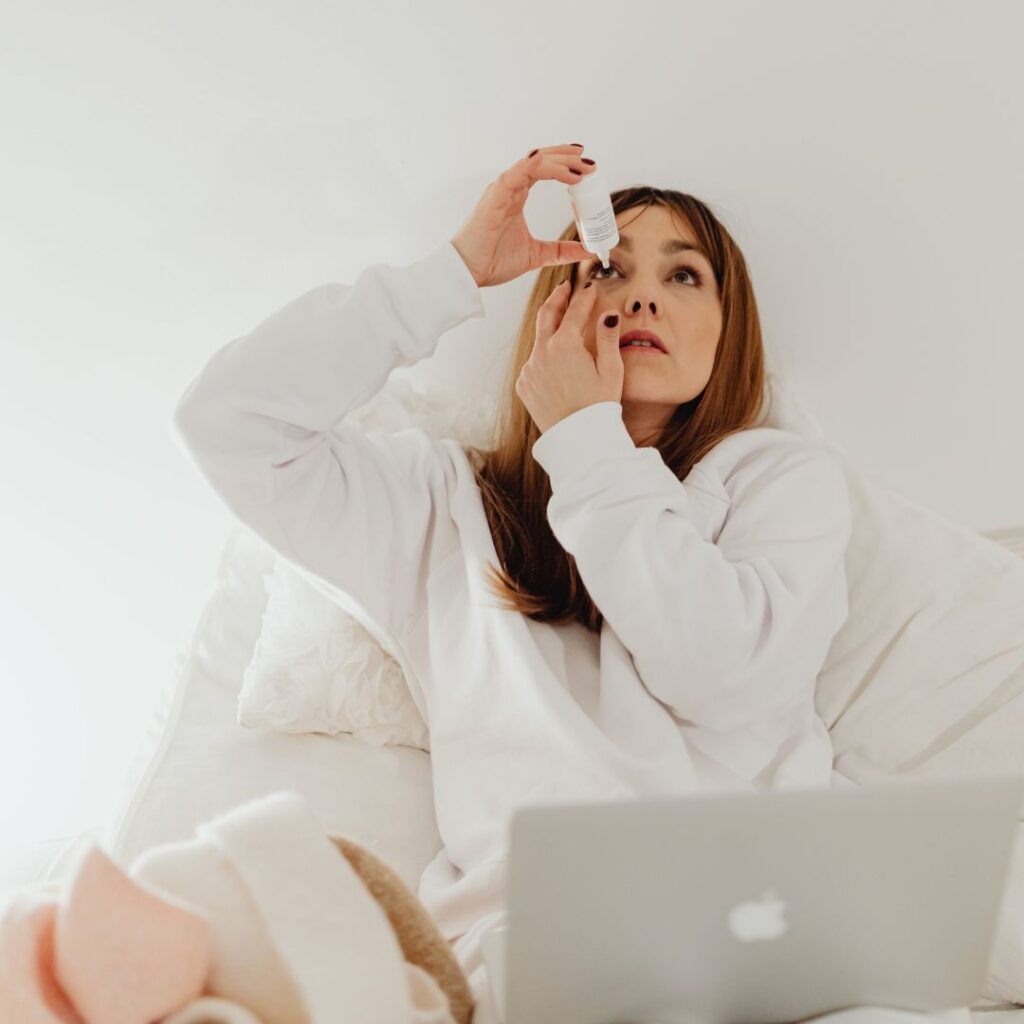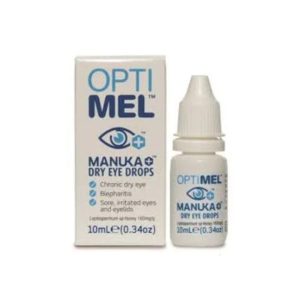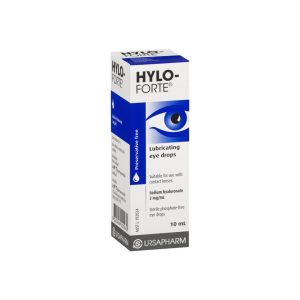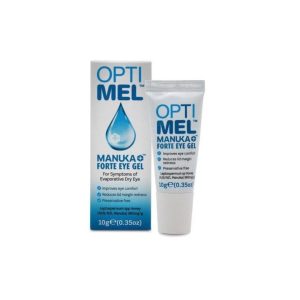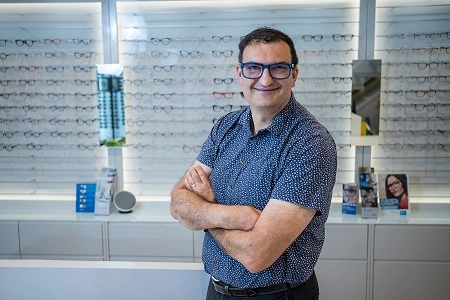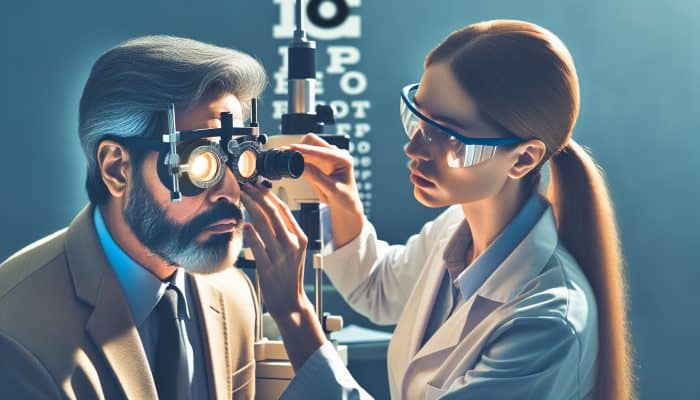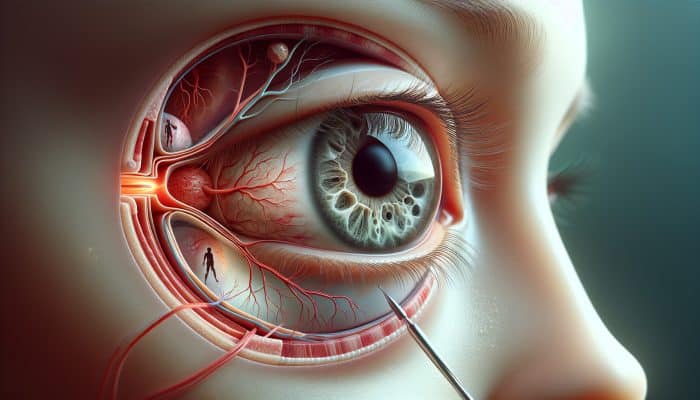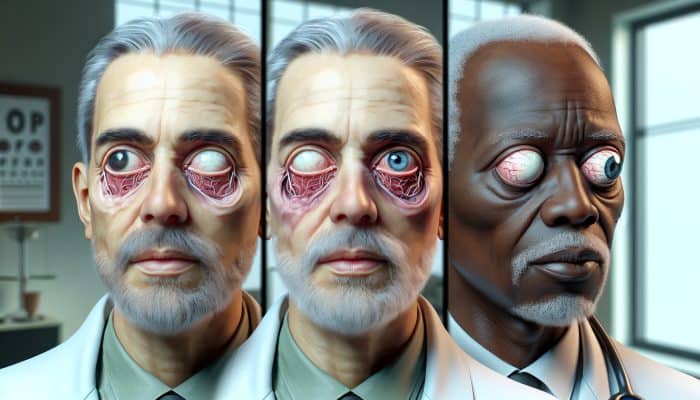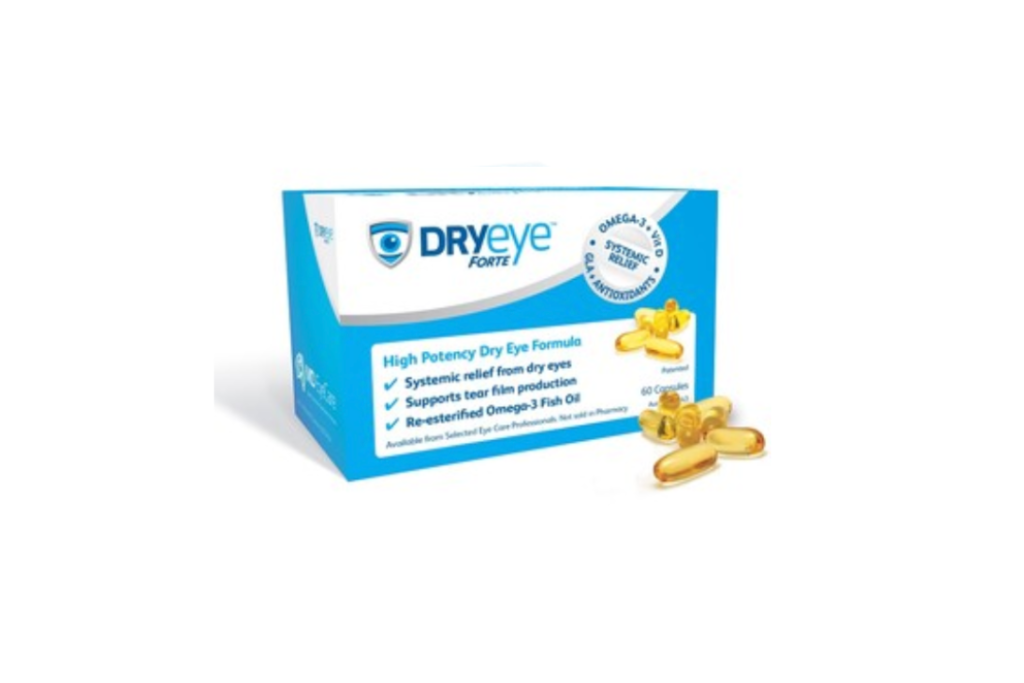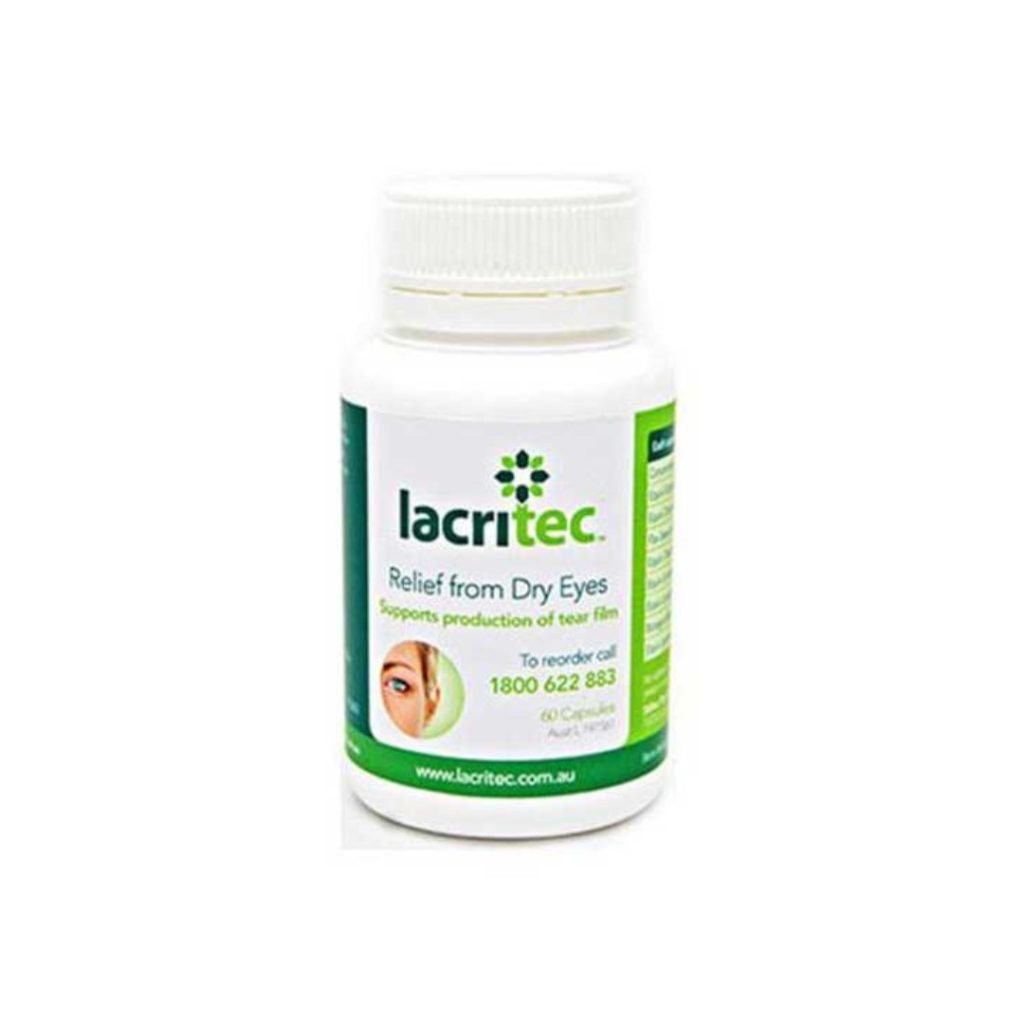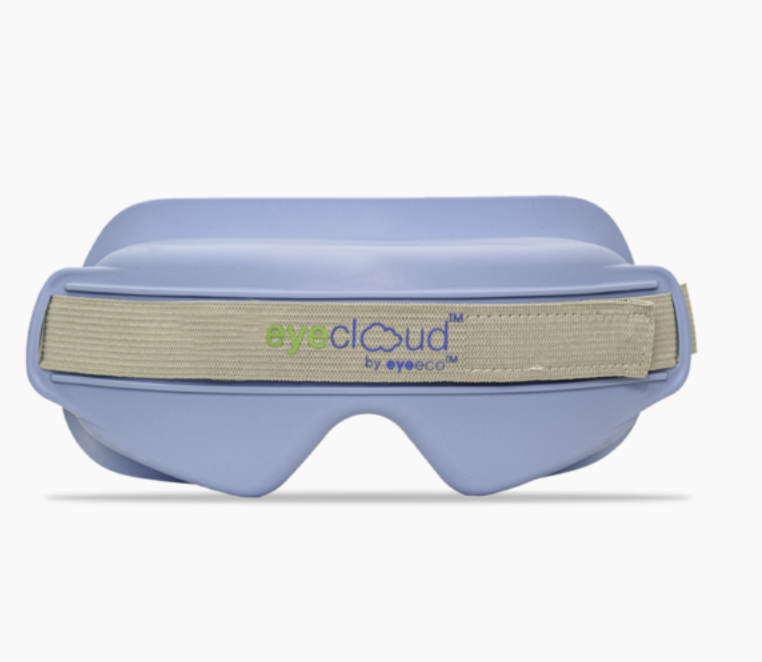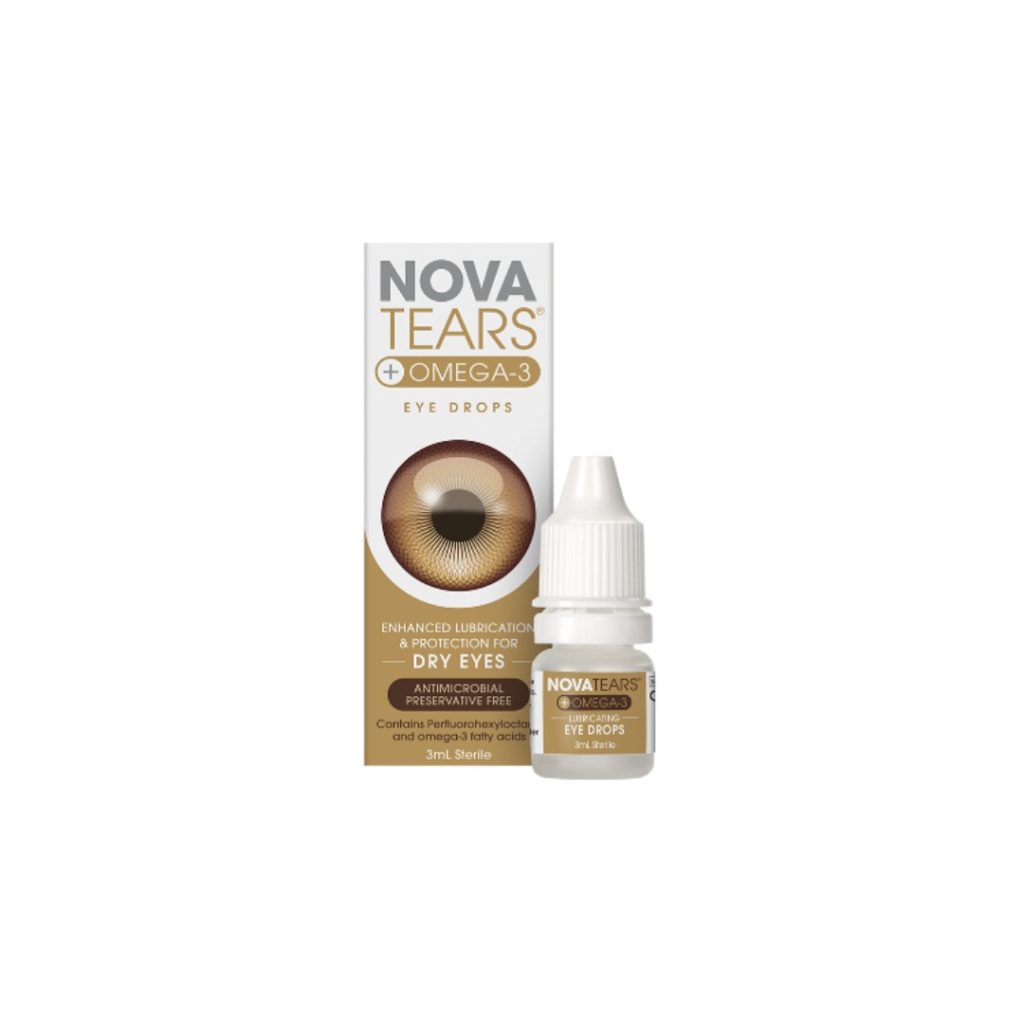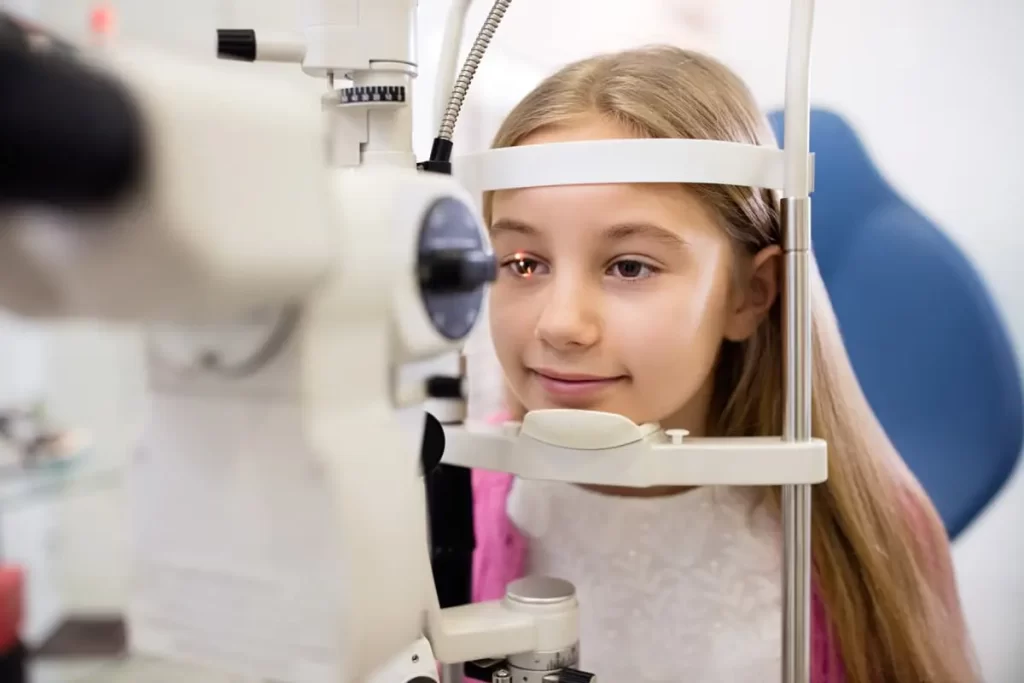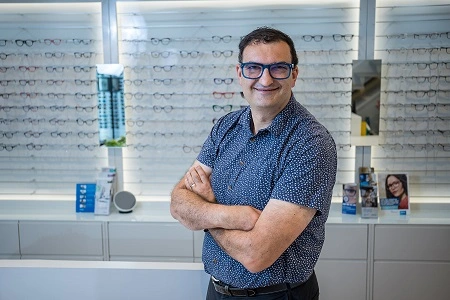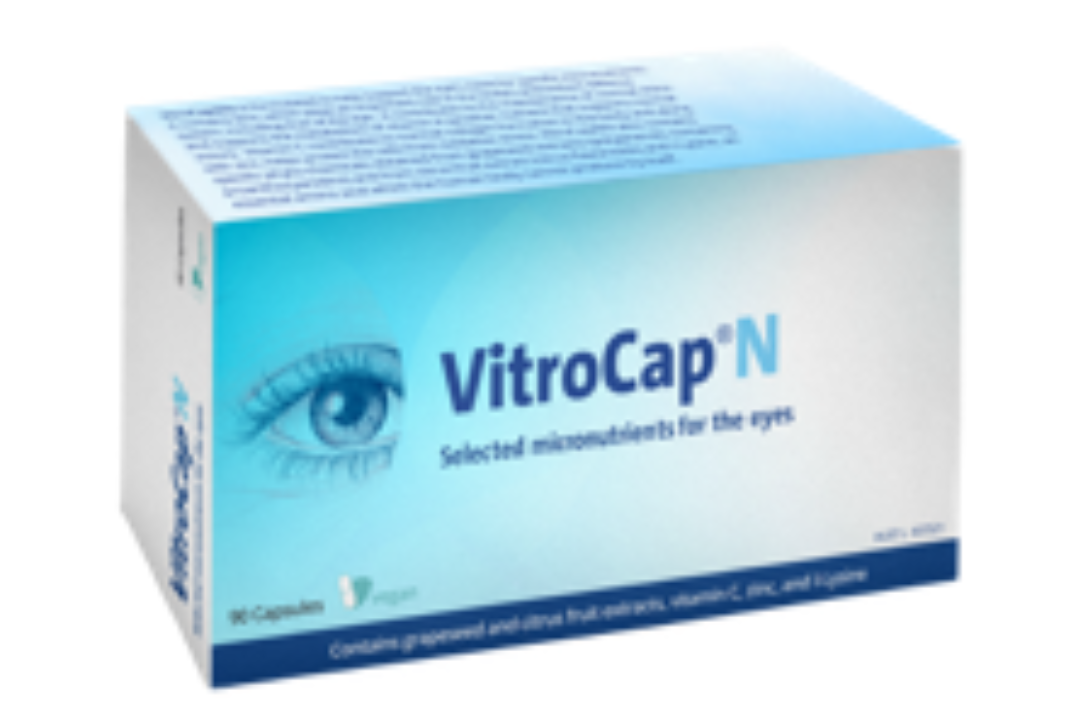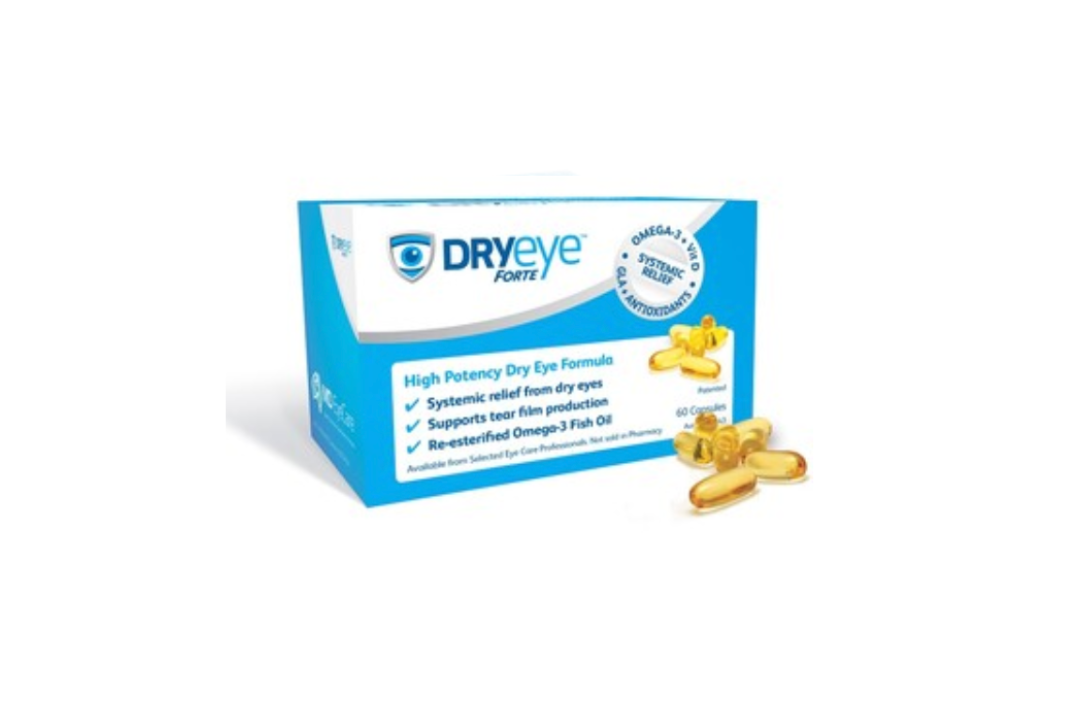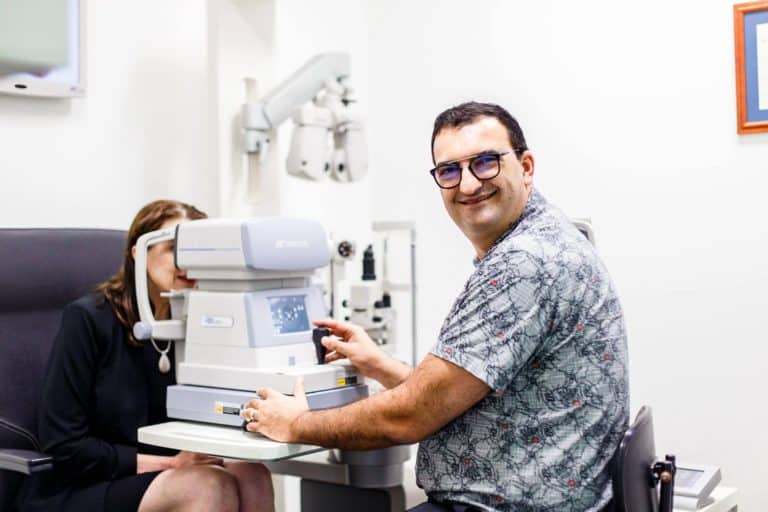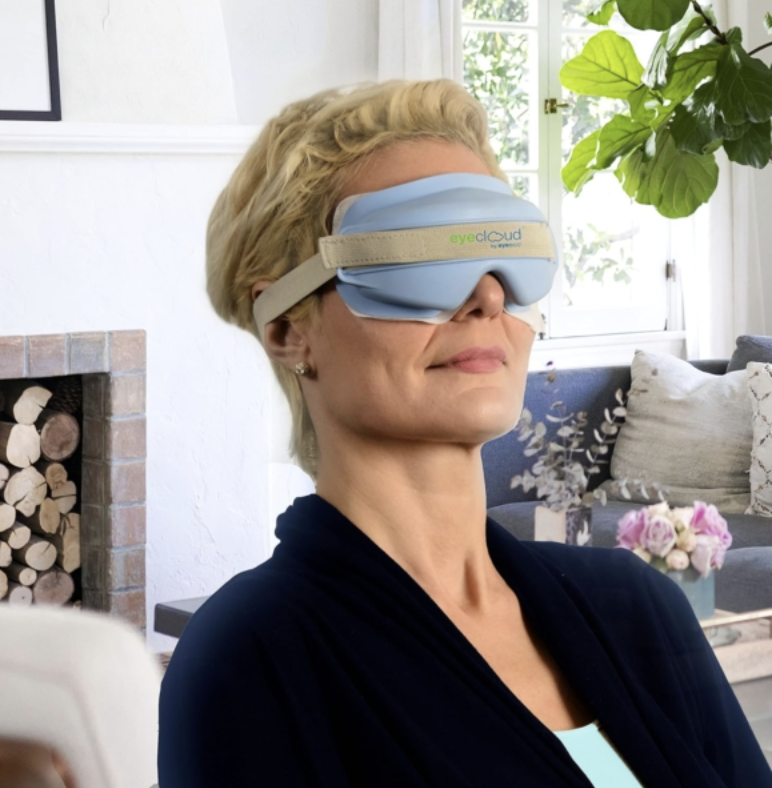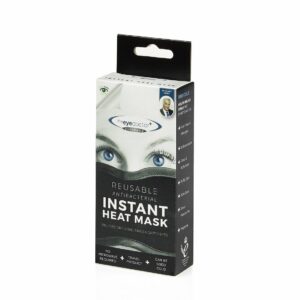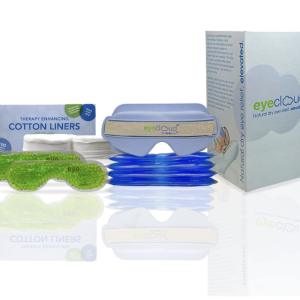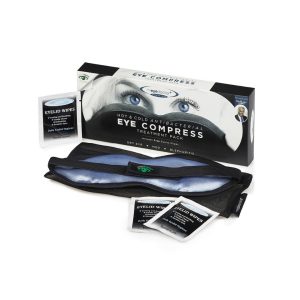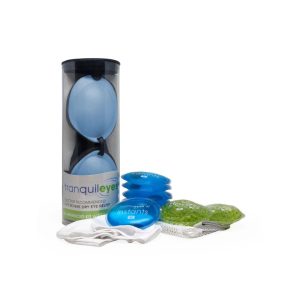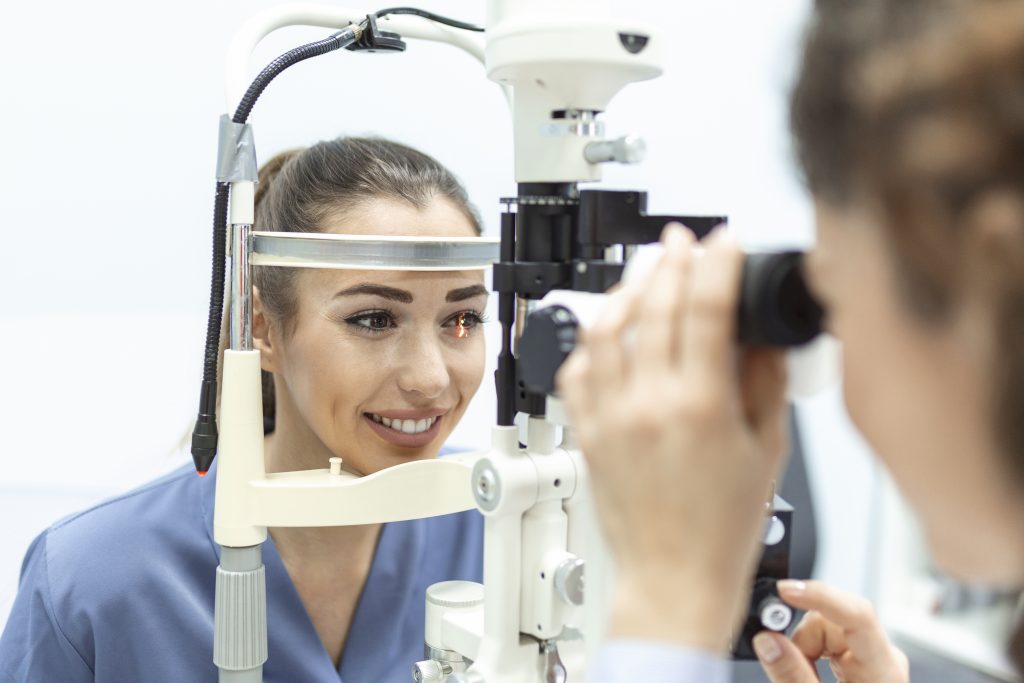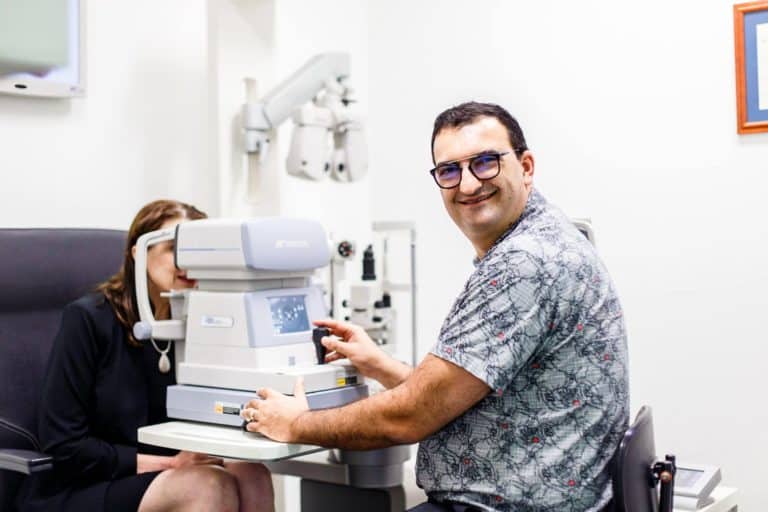Discover the Vital Role of Consistent Eye Care for Your Beloved Shih Tzu
Understanding the Crucial Role of Regular Eye Care in Maintaining Your Shih Tzu’s Health

Establishing a consistent routine for regular eye care is vital to the overall health and happiness of your Shih Tzu. Due to their sensitive eye structure, Shih Tzus are particularly susceptible to a variety of eye-related issues, such as infections and irritations. By committing to a thorough eye care regimen, you not only minimize the risk of these complications but also enhance your pet’s comfort and well-being. Neglected eye infections can escalate into severe complications if not treated promptly, underscoring the importance of proper eye hygiene. Embracing a proactive approach to eye care guarantees that your Shih Tzu remains free from discomfort and the risk of vision loss, allowing them to enjoy a vibrant and fulfilling life.
Moreover, consistent eye care plays a pivotal role in the early detection of potential problems. Just as humans benefit from routine eye exams that identify issues in their nascent stages, our four-legged companions also thrive when given similar attention. Regular evaluations of your Shih Tzu’s eyes can promptly address any developing conditions, ultimately safeguarding their vision and enhancing their quality of life. By prioritizing eye care, you contribute to improved long-term health outcomes for your cherished furry friend, highlighting the importance of responsible pet ownership.
Determining the Ideal Frequency for Eye Cleaning Your Shih Tzu
Incorporating eye cleaning into your Shih Tzu’s daily routine is imperative for preserving their eye health. Ideally, you should clean their eyes every day to ensure the effective removal of any discharge or debris that could potentially lead to infections. This practice is particularly crucial for Shih Tzus, as their distinctive facial structure can trap moisture and build-up, creating an environment that fosters bacterial growth. In addition to daily cleaning, perform weekly checks for any irregularities or signs of irritation. This ongoing routine not only keeps their eyes clean but also empowers you to closely monitor their eye health.
Daily eye cleaning can be accomplished using a soft, damp cloth or a veterinary-recommended eye wipe. This gentle approach minimizes the risk of injury while effectively managing any discharge. By establishing this routine, you cultivate a deeper bond with your pet, showcasing your dedication to their health and happiness. Remember, a clean eye signifies a happy eye, and this consistent practice helps prevent more serious issues from arising in the future.
Recognizing Symptoms That Indicate Eye Problems in Your Shih Tzu
Being attentive to your Shih Tzu’s eye health is essential. Common signs of potential eye problems include redness, excessive tearing, squinting, or any unusual discharge. These symptoms may indicate infections, allergies, or other serious conditions that necessitate veterinary intervention. For instance, if you observe your Shih Tzu persistently pawing at their eyes or hesitating to fully open them, it may suggest discomfort or pain. Early detection of these warning signs is crucial for ensuring effective treatment.
Additionally, it is vital to monitor any changes in your pet’s behavior concerning their eyes. If they appear overly sensitive to light or if you notice any swelling around the eyes, these could be additional red flags. Maintaining a vigilant watch over your Shih Tzu’s eye health empowers you to take immediate action, facilitating timely veterinary assistance. Your proactive approach to eye care can dramatically enhance your pet’s overall well-being and comfort.
Understanding the Benefits of Professional Eye Exams for Your Shih Tzu

Regular professional eye exams are indispensable for safeguarding your Shih Tzu’s eye health. These comprehensive evaluations can identify early signs of eye diseases such as cataracts or glaucoma, ensuring timely intervention and improved outcomes. A veterinary ophthalmologist possesses the specialized expertise and advanced equipment required to conduct thorough examinations, identifying issues that may be undetectable during routine home checks. By scheduling these essential appointments, you are investing in your Shih Tzu’s long-term eye health.
In addition to early detection, professional exams offer personalized guidance regarding your Shih Tzu’s specific eye care needs. This may encompass tailored recommendations for eye care products or routine adjustments based on your pet’s age and overall health status. Collaborating with veterinary professionals fosters a partnership in your Shih Tzu’s care, enhancing your knowledge and confidence in managing their eye health. Ultimately, these proactive measures lead to a happier, healthier life for your cherished companion.
Expert Tips for Crafting an Effective Eye Care Routine for Your Shih Tzu
Optimal Practices for Thoroughly Cleaning Your Shih Tzu’s Eyes
Effectively cleaning your Shih Tzu’s eyes involves adhering to best practices that prioritize safety and hygiene. Here are key steps to ensure a successful eye cleaning routine:
- Utilize a soft, damp cloth or veterinarian-approved eye wipes to gently clean the eye area.
- Avoid using harsh chemicals or alcohol-based products, as these can irritate your pet’s sensitive eyes.
- Wipe from the inner corner of the eye outward, using a gentle motion to minimize the risk of injury.
- Inspect for any discharge or debris daily, cleaning as necessary to prevent build-up.
- Keep the area around the eyes free from hair by regularly trimming, which can help reduce irritation.
- If discharge persists, consult your veterinarian for guidance on potential underlying issues.
- Ensure your cleaning tools are clean and stored in a hygienic environment to avoid contamination.
- Make eye cleaning a positive experience by rewarding your Shih Tzu afterward, reinforcing good behavior.
By following these best practices, you can effectively maintain your Shih Tzu’s eye hygiene. This routine not only prevents infections but also strengthens the bond of trust between you and your pet. A gentle touch and a calm demeanor during cleaning will help make the process less stressful for both of you. Remember, consistency is key; establishing this routine will lead to improved eye health over time.
Strategies for Effectively Preventing Eye Infections in Your Shih Tzu

Preventing eye infections in your Shih Tzu is essential for their overall health and comfort. Implementing a few fundamental practices can significantly reduce the risk of infections while promoting better eye health. Regular cleaning is crucial; by ensuring your Shih Tzu’s eyes are free from discharge and debris, you create an environment that is less conducive to bacterial growth. Daily cleaning routines help minimize the chances of infection, especially in breeds like Shih Tzus that are predisposed to eye problems.
Moreover, trimming the hair surrounding the eyes serves as another effective preventive measure. This practice minimizes the risk of hair irritating their eyes or trapping moisture, which can lead to infections. Additionally, maintaining a clean living environment free from allergens and irritants is vital for your Shih Tzu’s eye health. This includes regularly washing bedding, cleaning floors, and limiting exposure to dust and smoke. Regular veterinary check-ups are also essential for catching potential issues early on, reinforcing the importance of preventive care.
Essential Tools for Comprehensive Eye Care
Equipping yourself with the right tools is essential for effective eye care for your Shih Tzu. Must-have items include saline solution, cotton balls, and a soft cloth. These tools enable you to perform routine cleaning safely and effectively, minimizing the risk of injury or irritation. A saline solution is particularly beneficial for flushing out any irritants or debris without causing discomfort. It provides a gentle method that can be used daily to cleanse the eyes.
Another important tool is a pair of blunt-tipped scissors specifically designed for trimming hair around the eyes. This ensures clear visibility and prevents irritation caused by stray hairs. Ensure that the scissors are intended for pet grooming to guarantee safety and effectiveness. Additionally, consider keeping veterinary-approved eye wipes on hand for convenient cleaning, especially during outings. By arming yourself with these essential tools, you can implement a comprehensive eye care routine that effectively supports your Shih Tzu’s health.
Identifying and Understanding Common Eye Conditions in Shih Tzus
Common Eye Conditions That Affect Shih Tzus
Shih Tzus are susceptible to various eye conditions due to their unique facial structure. Some of the most common issues include dry eye (keratoconjunctivitis sicca), cataracts, and progressive retinal atrophy (PRA). Dry eye occurs when the tear glands fail to produce sufficient moisture, leading to dryness and discomfort. This condition can significantly impact a Shih Tzu’s quality of life if not treated promptly.
Cataracts, characterized by cloudiness in the eye lens, can result in vision impairment. They may develop due to genetic predispositions or other underlying health concerns and may necessitate surgical intervention if they progress. Progressive retinal atrophy is a hereditary condition causing gradual degeneration of the retina, ultimately leading to vision loss. Understanding these common eye issues enables pet owners to recognize symptoms early and seek appropriate veterinary care, ensuring timely intervention and improved health outcomes.
Identifying Symptoms of Dry Eye and Effective Treatment Options
Dry eye in Shih Tzus presents various symptoms that pet owners should be vigilant about. Noticeable signs include excessive squinting, redness, and a lack of moisture in the eyes. Affected dogs may also show signs of discomfort, such as pawing at their eyes or rubbing their faces against surfaces. If you observe these symptoms, it is critical to consult your veterinarian for a proper diagnosis.
Treatment for dry eye typically involves administering artificial tears to lubricate the eyes and enhance comfort. Additionally, medications may be prescribed to stimulate tear production. In some cases, surgical options might be considered for severe instances that do not respond to medical therapy. Regular veterinary check-ups are essential to monitor the progression of dry eye and adjust treatment plans as necessary. By maintaining an open line of communication with your veterinarian, you can ensure your Shih Tzu receives optimal care.
Strategies for Managing Cataracts in Shih Tzus
Managing cataracts in Shih Tzus necessitates a comprehensive approach to ensure your pet retains the best possible vision. If you detect signs of cataracts, such as cloudiness in the eyes or difficulty seeing, consulting your veterinarian promptly is essential. Early detection plays a critical role in effective management. In many instances, veterinary professionals will recommend surgery to remove the cataracts, especially if they significantly impair vision.
Following surgery, your Shih Tzu may require special eye drops or medications to support healing and reduce inflammation. It is crucial to adhere closely to your veterinarian’s post-operative care instructions. While not all cataracts necessitate surgical intervention, ongoing monitoring remains essential for managing the condition. Lifestyle adjustments, such as keeping your Shih Tzu in well-lit environments and avoiding rough play, can also help protect their vision. By taking proactive measures, you can enhance your Shih Tzu’s quality of life despite the presence of cataracts.
Creating a Comprehensive Daily Eye Care Routine
Steps to Follow for Effective Daily Eye Cleaning
Establishing a daily eye cleaning routine for your Shih Tzu is vital for preventing infections and ensuring optimal eye health. Follow these steps for effective eye cleaning:
- Start by gathering your supplies: a soft, damp cloth or a veterinary-approved eye wipe.
- Approach your Shih Tzu gently, reassuring them to create a calm atmosphere.
- Using the damp cloth, wipe from the inner corner of the eye outward in a gentle motion.
- Check for any discharge, cleaning away any build-up to maintain clarity.
- Pay attention to your pet’s comfort, adjusting your technique as required.
- Reward your Shih Tzu after cleaning to reinforce positive behavior.
- Regularly inspect the eyes for any signs of irritation or redness.
- Store your cleaning supplies in a clean, dry location to avoid contamination.
By adhering to these steps daily, you can effectively maintain your Shih Tzu’s eye health and comfort. This routine not only prevents infections but also fosters trust between you and your pet. As you clean their eyes, you actively engage in their health journey, demonstrating your commitment to their well-being.
Immediate Actions to Take If You Notice Eye Discharge
If you observe discharge from your Shih Tzu’s eyes, it is essential to act promptly. Begin by gently cleaning the discharge to prevent it from hardening or causing further irritation. Use a soft, damp cloth or a veterinary-approved eye wipe to remove the discharge, wiping from the inner corner of the eye outward. After cleaning, closely monitor the eyes for any signs of persistent discharge, redness, or swelling.
Should the discharge continue or worsen, consult your veterinarian for guidance. Persistent discharge may indicate an underlying issue that requires medical attention. Your vet may recommend diagnostic tests to identify the root cause, such as infections, allergies, or other conditions. Prompt action can prevent complications and ensure your Shih Tzu remains comfortable and healthy. Remember, vigilance in eye care enables you to detect potential problems early and seek timely treatment.
Safe Techniques for Trimming Hair Around Your Shih Tzu’s Eyes
Trimming the hair around your Shih Tzu’s eyes is essential for preventing irritation and ensuring their comfort. Follow these steps to trim safely:
- Use blunt-tipped scissors specifically designed for pet grooming to reduce the risk of injury.
- Begin by gently holding your Shih Tzu’s head steady, ensuring they feel secure.
- Carefully lift any long hair away from the eyes, using your fingers to create a clear view.
- Trim small sections at a time, allowing for adjustments as needed.
- Be cautious to avoid cutting too close to the skin to prevent nicks or cuts.
- Reward your Shih Tzu after the trimming session to create a positive association.
- Check regularly for any new growth that may require trimming.
- If you feel uncomfortable with trimming, consider seeking guidance from a professional groomer.
By adhering to these steps, you can effectively maintain your Shih Tzu’s eye health. Not only does this prevent irritation from stray hairs, but it also enhances their overall appearance. Regular grooming fosters a bond of trust between you and your pet, ensuring they remain comfortable and happy.
Understanding the Importance of Routine Eye Exams for Your Shih Tzu
Scheduling regular veterinary visits for eye exams is crucial for your Shih Tzu’s long-term health. These comprehensive assessments enable early detection of potential issues, allowing for prompt intervention and treatment. Your veterinarian can thoroughly evaluate your pet’s eye health, identifying conditions that may not be visible during home checks. By prioritizing eye exams, you ensure your Shih Tzu receives optimal care.
During these visits, your vet may conduct a variety of tests to assess your Shih Tzu’s vision and eye health. Regular check-ups also provide an opportunity for you to discuss any concerns or observations you’ve made regarding your pet’s eyes. Additionally, your veterinarian can offer valuable insights into maintaining optimal eye health at home, enhancing your knowledge and confidence in caring for your furry friend. By establishing a routine of regular eye exams, you invest in your Shih Tzu’s well-being, ensuring they enjoy a long and healthy life.
How to Choose the Right Eye Care Products for Your Shih Tzu
Selecting appropriate eye care products for your Shih Tzu is vital for maintaining their eye health. Aim to choose gentle, vet-recommended products specifically formulated for canine use. Avoid harsh chemicals or products containing alcohol, as these can irritate your pet’s sensitive eyes. Instead, opt for saline solutions or eye wipes designed to cleanse without causing discomfort.
When purchasing eye care products, always read the labels carefully to ensure their safety for your Shih Tzu’s specific needs. Consulting with your veterinarian before introducing any new products is advisable, especially if your Shih Tzu has pre-existing conditions. Investing in high-quality, gentle eye care products can significantly enhance your pet’s comfort and contribute to overall eye health. By making informed choices, you can ensure your Shih Tzu receives the best possible care.
Research-Backed Insights Highlighting the Benefits of Eye Care for Shih Tzus
Enhancing Your Shih Tzu’s Quality of Life Through Regular Eye Care
Implementing a regular eye care routine profoundly impacts your Shih Tzu’s quality of life. By preventing discomfort and potential vision loss, you significantly enhance their overall happiness and well-being. For instance, a Shih Tzu that benefits from consistent eye cleaning and monitoring is less likely to experience infections that can lead to pain and behavioral changes. Healthy eyes enable your pet to engage fully in daily activities, from playtime to leisurely walks, enriching their overall satisfaction with life.
Case studies indicate that pets receiving regular eye care exhibit more stable emotional states and improved interactions with their owners. By prioritizing eye health, you foster a deeper bond with your Shih Tzu, as their comfort and happiness are closely tied to their overall well-being. Dedicating time to eye care not only improves their physical health but also enriches your relationship with your furry friend, resulting in a more fulfilling companionship.
Long-Term Benefits of a Consistent Eye Care Routine for Your Shih Tzu
The long-term advantages of maintaining a consistent eye care routine for your Shih Tzu cannot be overstated. Regular attention significantly decreases the risk of chronic eye conditions, allowing your pet to retain clear vision throughout their life. This proactive approach enables you to detect potential problems early, leading to more successful treatment outcomes and ultimately preserving your Shih Tzu’s quality of life.
Moreover, by promoting good eye health, you contribute to your pet’s overall longevity. A well-maintained eye care routine can prevent issues like cataracts and progressive retinal atrophy from developing or worsening, conditions that could otherwise result in serious complications. Adopting a long-term perspective on eye care entails regular vet check-ups, a diligent cleaning routine, and selecting appropriate eye care products, all of which work together to enhance your Shih Tzu’s health and happiness.
How Nutrition Influences Eye Health in Shih Tzus
A balanced diet plays a pivotal role in supporting your Shih Tzu’s eye health. Essential nutrients like vitamins A, C, and E, along with omega-3 fatty acids, are crucial for maintaining optimal vision and overall eye function. Incorporating foods rich in these nutrients can yield significant benefits for your pet’s eye health. For instance, carrots, sweet potatoes, and fish oil are excellent sources of these vital nutrients.
Furthermore, consulting with your veterinarian about your Shih Tzu’s dietary needs can assist in tailoring a diet that addresses their specific health requirements. A well-rounded diet not only bolsters eye health but also enhances your pet’s energy levels, coat condition, and overall vitality. By prioritizing nutrition, you can proactively work towards ensuring your Shih Tzu maintains excellent eye health throughout their life, underscoring the interconnected nature of diet and overall well-being.
Recognizing When to Seek Veterinary Assistance for Your Shih Tzu
Knowing When to Visit the Vet for Eye Issues with Your Shih Tzu
Understanding when to take your Shih Tzu to the vet is critical for maintaining their eye health. If you notice persistent discharge, redness, squinting, or any changes in your pet’s behavior regarding their eyes, it is vital to seek veterinary advice without delay. These symptoms could indicate underlying issues that require professional assessment and treatment. Early intervention can prevent serious complications and preserve your Shih Tzu’s vision.
Additionally, if your Shih Tzu shows signs of discomfort, such as pawing at their eyes or avoiding bright light, do not hesitate to consult your veterinarian. Taking a proactive approach to eye care not only addresses immediate concerns but also establishes a long-term strategy for your pet’s health. Your vet can provide tailored recommendations to tackle specific issues, ensuring your Shih Tzu receives the most effective care possible.
What to Expect During a Veterinary Visit for Eye Concerns
During a veterinary visit for eye concerns, you can anticipate a thorough examination of your Shih Tzu’s eyes. The veterinarian will evaluate their vision, check for signs of irritation or infection, and may perform diagnostic tests if necessary. These tests help identify underlying issues that may not be immediately apparent. After the examination, your vet will discuss their findings and recommend a personalized treatment plan based on your Shih Tzu’s specific needs.
In some cases, your veterinarian may suggest further testing, such as blood tests or imaging, to rule out systemic issues affecting your pet’s eyes. This comprehensive approach ensures a holistic understanding of your Shih Tzu’s health. By being prepared for the visit and providing your vet with detailed information about any observed symptoms or behavioral changes, you can facilitate a productive consultation that effectively addresses your pet’s needs.
Effectively Following Up on Veterinary Recommendations for Eye Care
Adhering to your veterinarian’s recommendations is essential for maintaining your Shih Tzu’s eye health. If medications are prescribed, ensure that you administer them as directed, paying attention to dosages and schedules. Regularly monitor your pet’s condition and observe any changes in their eyes or behavior, reporting these to your vet during follow-up visits.
It is also vital to keep track of any scheduled appointments for re-evaluations, as these visits allow your veterinarian to assess your Shih Tzu’s progress and adjust treatment plans as necessary. Open communication with your vet is crucial; if you have questions or concerns about your Shih Tzu’s eye health, do not hesitate to reach out. By actively participating in your pet’s care, you can significantly enhance their well-being and comfort.
Signs That Require Immediate Veterinary Attention for Your Shih Tzu
Certain signs regarding your Shih Tzu’s eye health necessitate immediate veterinary attention. If you observe severe pain, such as excessive squinting or pawing at the eyes, seek help right away. Swelling around the eyes, sudden vision loss, or noticeable behavioral changes can also signify serious underlying issues requiring urgent care. Delaying treatment in these cases can lead to severe complications, emphasizing the importance of prompt action.
Additionally, if you notice any unusual changes in the color or appearance of the eyes, such as cloudiness or persistent redness, contact your veterinarian for guidance. Being attentive to these signs allows you to act swiftly, ensuring your Shih Tzu receives the necessary care to effectively address potential problems. Your proactive approach can significantly impact your pet’s eye health and overall well-being.
Preparing for Your Shih Tzu’s Upcoming Veterinary Appointment
Preparing for your Shih Tzu’s vet visit is essential for a thorough assessment of their eye health. Start by compiling relevant medical history, including any previous eye issues, current medications, and noticeable changes in behavior or eye condition. This information will help your veterinarian understand your pet’s background and provide tailored care.
It is also helpful to bring samples of any discharge or photos of your Shih Tzu’s eyes if you’ve observed changes. Being prepared can streamline the visit and ensure that all concerns are addressed. Do not hesitate to jot down any questions or observations you have prior to the appointment. This proactive approach not only facilitates a thorough examination but also empowers you as a pet owner to actively participate in your Shih Tzu’s health journey.
Frequently Asked Questions Regarding Shih Tzu Eye Care
How frequently should I clean my Shih Tzu’s eyes to ensure optimal health?
You should clean your Shih Tzu’s eyes daily to remove discharge and prevent infections. Weekly checks are also advisable to monitor for any abnormalities.
What are the common indicators of eye problems in Shih Tzus?
Common indicators of eye issues include redness, excessive tearing, squinting, and discharge. If you observe these symptoms, consult your veterinarian promptly.
Is it safe to use regular human eye drops on my Shih Tzu?
No, you should never use human eye drops on your Shih Tzu. Always use veterinary-recommended products specifically formulated for pets.
How can I effectively prevent eye infections in my Shih Tzu?
Prevent eye infections by cleaning their eyes regularly, trimming hair around the eyes, and maintaining a clean environment free of allergens.
What should I do if I notice discharge from my Shih Tzu’s eye?
Clean the discharge immediately with a soft, damp cloth. Monitor the eyes closely and consult your veterinarian if the discharge persists or worsens.
When is it appropriate to take my Shih Tzu to the vet for eye issues?
Visit the vet if you notice persistent discharge, redness, or any changes in your Shih Tzu’s behavior regarding their eyes, as these could indicate underlying issues.
Are cataracts a common concern for Shih Tzus?
Yes, Shih Tzus are prone to cataracts, which can lead to vision impairment. Early detection and treatment are crucial for managing this condition.
What tools are essential for effective eye care for my Shih Tzu?
Essential tools for eye care include saline solution, cotton balls, a soft cloth, and blunt-tipped scissors for trimming hair around the eyes.
How does diet influence my Shih Tzu’s eye health?
A balanced diet rich in vitamins A, C, and E, as well as omega-3 fatty acids, supports eye health and can help prevent conditions like cataracts and dry eye.
How often should my Shih Tzu have professional eye exams?
Regular professional eye exams should be scheduled at least once a year, or more frequently if your Shih Tzu has existing eye conditions or exhibits signs of trouble.
Connect with us on Facebook for more tips and updates!
The Article Shih Tzu Eye Care Routine: Essential Tips for Healthy Eyes First Published On https://elgatoencasa.com
The Article Shih Tzu Eye Care: Key Tips for Maintaining Healthy Eyes Was Found On https://limitsofstrategy.com
